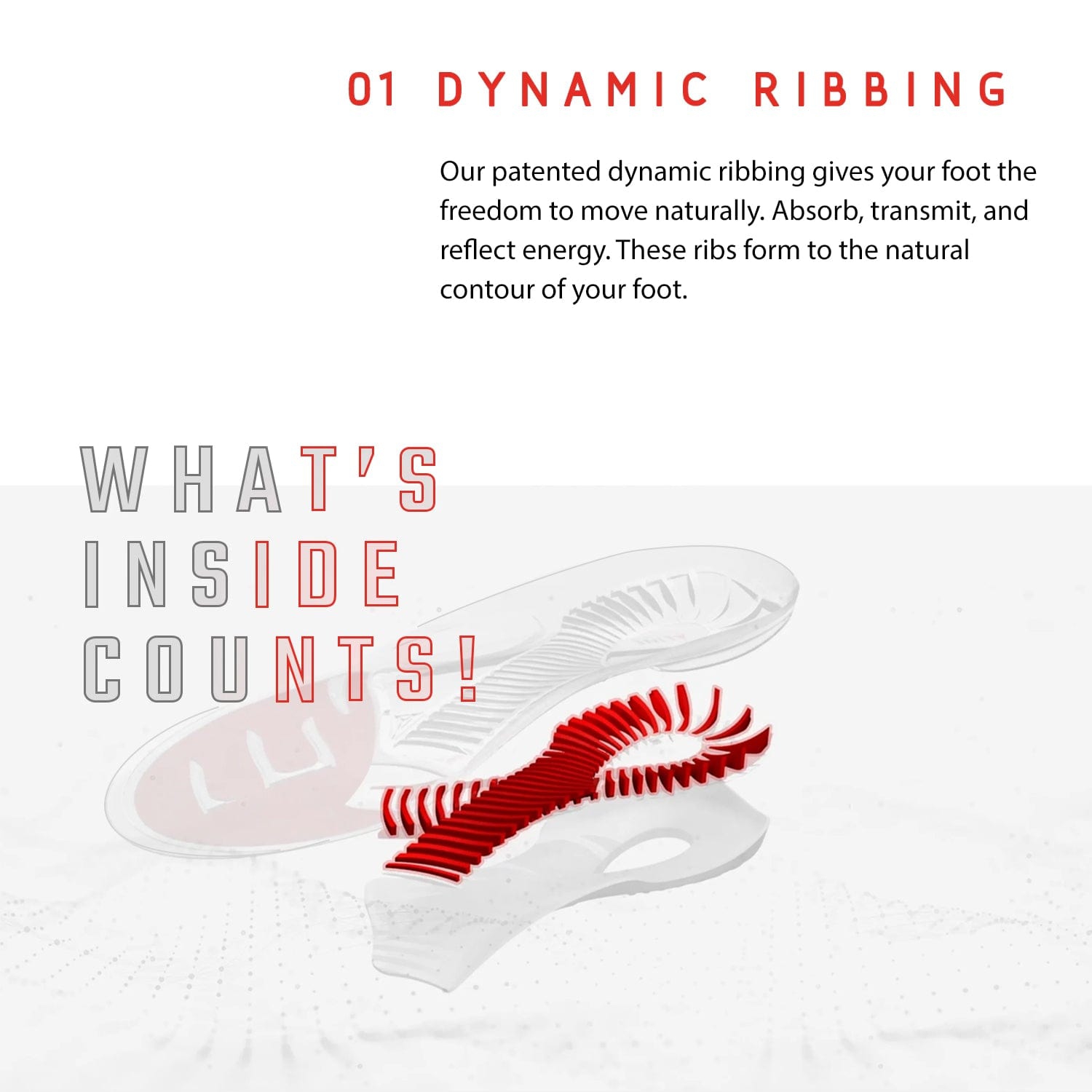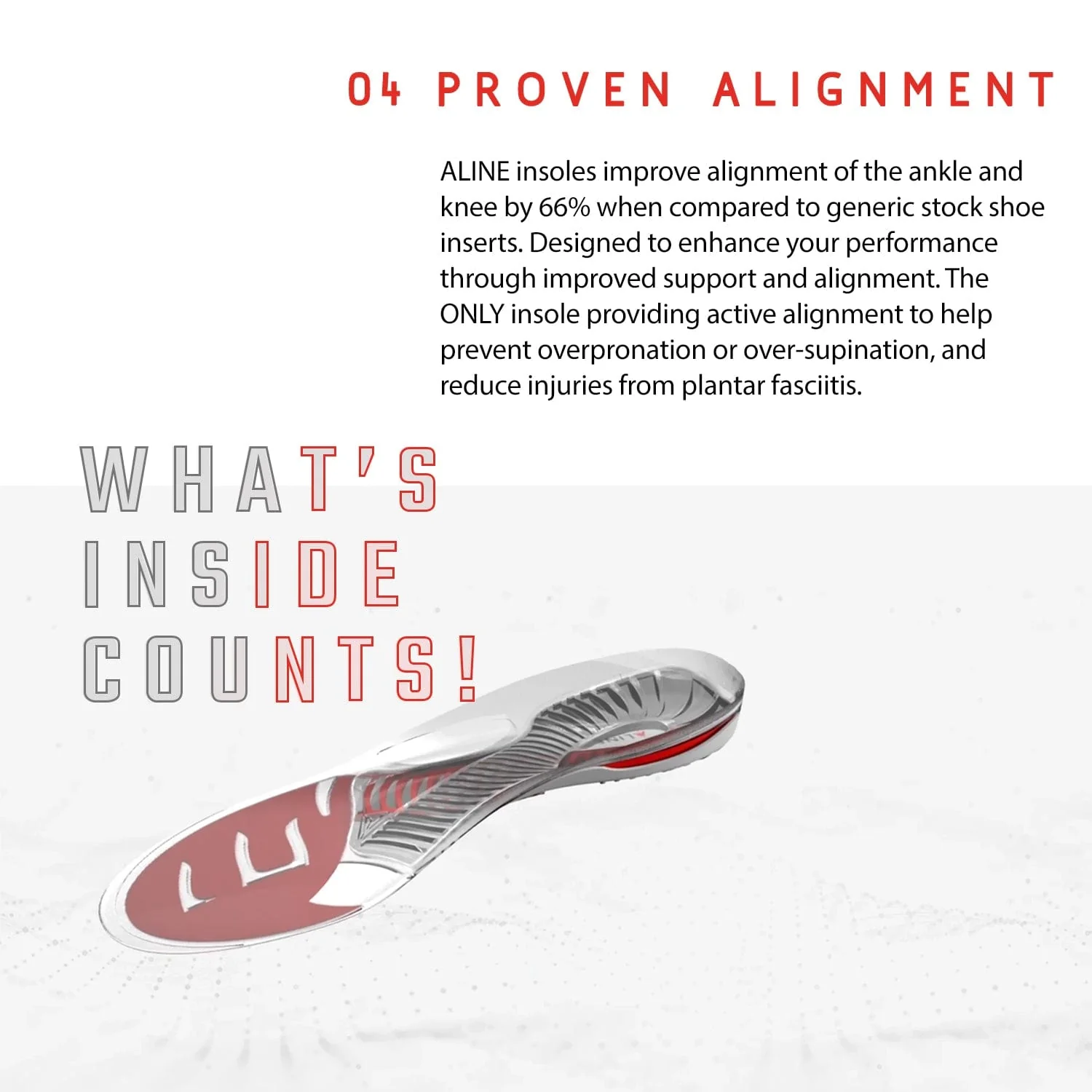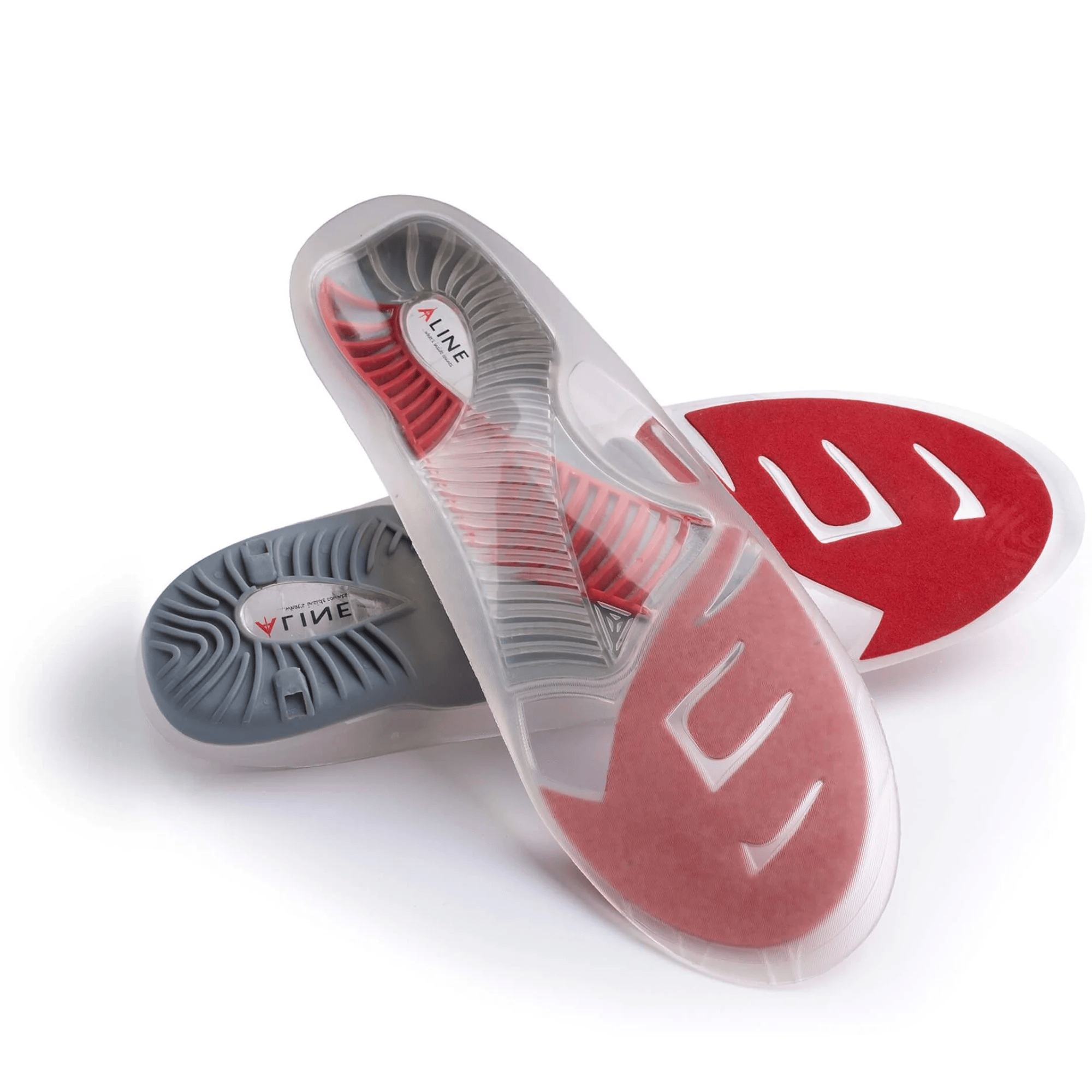High arches, also known as cavus feet, occur when the arch of the foot is raised higher than average. This condition places significant pressure on the heel and ball of the foot, often resulting in pain and discomfort. High arches can lead to instability and contribute to various issues like plantar fasciitis, heel spurs, and metatarsalgia. Insoles can be an effective solution to alleviate pain by redistributing pressure and offering support, especially for individuals with high arches who experience daily strain.
The Role of Insoles in Pain Relief for High Arches
Insoles offer structural support that helps balance the foot and relieve pressure on areas prone to pain in high arches. Custom insoles are particularly effective because they’re crafted to match the unique shape of your feet, aligning your arch properly. By cushioning the foot and providing stability, insoles can mitigate the impact on the heel and forefoot. This support reduces the likelihood of developing related conditions, offering significant relief from the pain associated with high arches.
Why High Arches Lead to Foot and Body Aches
High arches cause uneven weight distribution, often leading to strain in other parts of the body, including the knees, hips, and back. Without sufficient arch support, each step exerts excessive pressure on specific parts of the foot, causing pain and discomfort. The stress extends up the kinetic chain, which may lead to secondary pain. Insoles specifically designed for high arches can help counteract this imbalance, redistributing pressure across the foot and reducing strain on the rest of the body.
Choosing the Right Insoles for High Arches
Selecting the appropriate insole is essential for effective pain relief. High arch insoles are typically firmer and contoured to match the curvature of your foot. This ensures they provide support where needed, especially under the arch and heel. Opt for insoles with deep heel cups, shock-absorbing materials, and firm arch support. High-quality options like custom-molded insoles can offer better fit and alignment, making a substantial difference in comfort and reducing pain.
Benefits of Custom Insoles for High Arch Pain
Custom insoles are crafted to fit your foot's exact shape, delivering personalized support. They offer targeted relief by supporting the unique curve of your high arch, which generic insoles might not accommodate. Custom insoles distribute pressure evenly, which not only minimizes pain but can also prevent future foot complications. They are particularly helpful for people who engage in activities that add extra strain on the feet, such as running or standing for extended periods.

How Insoles Can Prevent Plantar Fasciitis in High Arches
Plantar fasciitis is a common issue for individuals with high arches due to increased tension on the plantar fascia ligament. Insoles can help by providing cushioning that absorbs shock and reduces the strain on this ligament. Proper support also encourages a more natural foot position, which minimizes the risk of inflammation. For those with high arches, using insoles can be a proactive approach to prevent plantar fasciitis, enhancing overall foot health and reducing the risk of long-term pain.
The Importance of Arch Support in Cycling
For cyclists with high arches, proper foot alignment is crucial, as pedaling can strain the foot. Insoles designed specifically for cycling shoes offer the right support by stabilizing the foot and distributing pressure evenly. These insoles help maintain foot position during long rides, reducing pain associated with high arches. Cycling shoe insoles are engineered to withstand the repetitive motion of pedaling, making them beneficial for individuals with high arches who cycle regularly.
How Insoles Improve Walking and Running Comfort
High arches can make walking and running uncomfortable due to the lack of natural shock absorption in the foot. Insoles with added cushioning and firm arch support can alleviate discomfort by providing a buffer between the foot and hard surfaces. Insoles encourage better foot alignment, allowing for a more efficient and comfortable stride. For high-arched individuals, insoles can significantly reduce the impact on the heel and forefoot, making walking and running far more enjoyable.
Relieving Heel Pain with Insoles
Heel pain is a frequent complaint among those with high arches because the heel bears much of the body’s weight. Insoles with deep heel cups and shock-absorbing materials offer essential support, redistributing pressure away from the heel. By cushioning the heel and absorbing shock, these insoles relieve pain and prevent further irritation. High-quality insoles can make a noticeable difference for people who experience chronic heel pain due to high arches.
Insoles and Metatarsal Pain Relief
Metatarsalgia, or pain in the ball of the foot, is another common problem for those with high arches. Insoles can provide targeted support beneath the ball of the foot, relieving pressure that leads to metatarsal pain. Specialized padding in high-arch insoles helps cushion this area, making it easier to stand and walk comfortably. By reducing stress on the metatarsals, insoles improve overall foot stability and comfort.
Insoles for High Arches in Sports and Athletic Activities
High-arched individuals participating in sports often experience discomfort due to the increased impact on their feet. Insoles designed for athletic activities offer both support and shock absorption, crucial for those with high arches. These insoles help stabilize the foot, improve balance, and reduce pain during movement. For athletes, using insoles for high arches can significantly enhance performance, reduce injury risk, and make sports more enjoyable.
Insoles for Cycling with High Arches
Cycling with high arches can place strain on the feet, particularly during extended rides. Insoles for cycling can provide much-needed support, helping to align the foot within the cycling shoe and reduce discomfort. By cushioning the arch and stabilizing the foot, these insoles help to improve cycling efficiency while reducing the pain that high arches can cause. Adding insoles to cycling shoes is a simple and effective way to increase comfort on the bike.

Common Signs You Need Insoles for High Arches
If you frequently experience foot, knee, or back pain, it may indicate that you need insoles. High arches often cause pain in specific areas, such as the heel or ball of the foot. Persistent discomfort after walking, running, or standing can also be a sign. If you notice calluses, instability, or frequent fatigue in the feet, insoles designed for high arches can provide the necessary support to alleviate these symptoms.
Are Custom Insoles Better than Over-the-Counter Insoles for High Arches?
Custom insoles are generally more effective for high arches as they are tailored to the unique contours of your foot, offering a more precise fit. While over-the-counter insoles may provide some relief, they often lack the specific support needed for high arches. Custom insoles are designed to support high-pressure areas and correct alignment issues, making them a preferred choice for sustained comfort and pain relief.
How Long Does It Take for Insoles to Alleviate High Arch Pain?
Relief from high arch pain with insoles can vary, but many users notice improvements within a few days to a week. Initially, there may be a brief adjustment period as your feet adapt to the new support. Over time, as the insoles encourage better alignment and relieve pressure, you should experience significant pain reduction, allowing for more comfortable movement and better foot health.
Can Insoles Prevent Long-Term Complications from High Arches?
Insoles can play a preventative role by promoting better alignment and reducing pressure on vulnerable areas of the foot. By distributing weight more evenly, insoles can help prevent common issues related to high arches, such as plantar fasciitis, heel spurs, and stress fractures. Wearing supportive insoles regularly can enhance foot health, potentially reducing the need for medical interventions or pain management in the future.
READ MORE.....




